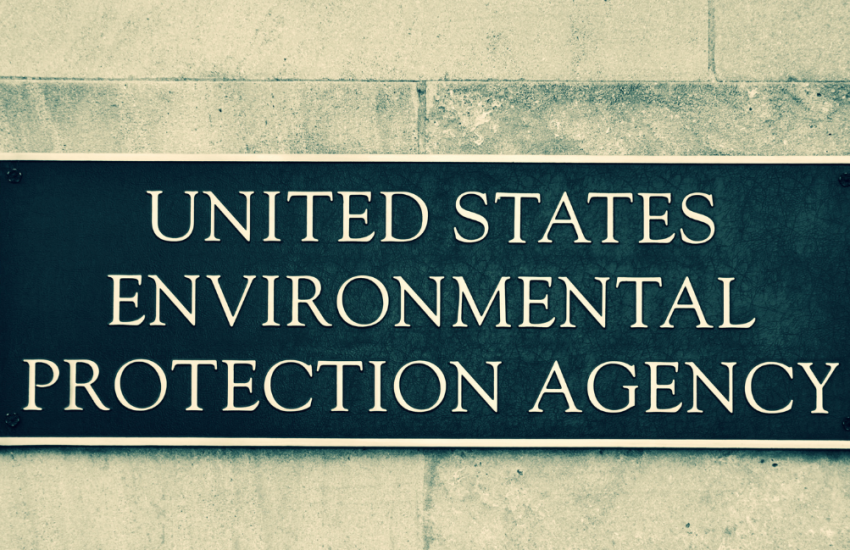The Environmental Protection Agency has proposed a risk management rule as part of the Toxic Substances Control Act (TSCA) that would ban the production, processing and distribution of trichloroethylene (TCE) for all uses. TCE is used in a variety of applications, including cleaning and furniture-care products, paints and coatings, solvents, laundry and dishwashing products, degreasers, lubricants, brake cleaners and tire-repair sealants.
According to EPA, the proposed rule is meant to address “the unreasonable risk of injury to human health presented by [TCE]” associated with its …
Continue Reading









